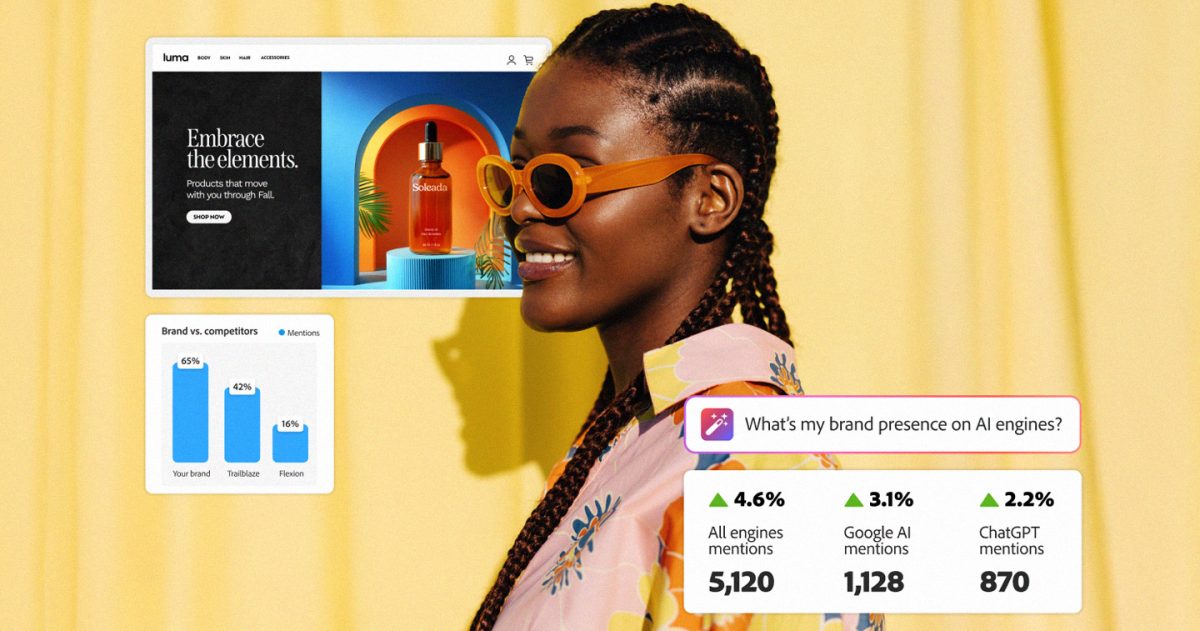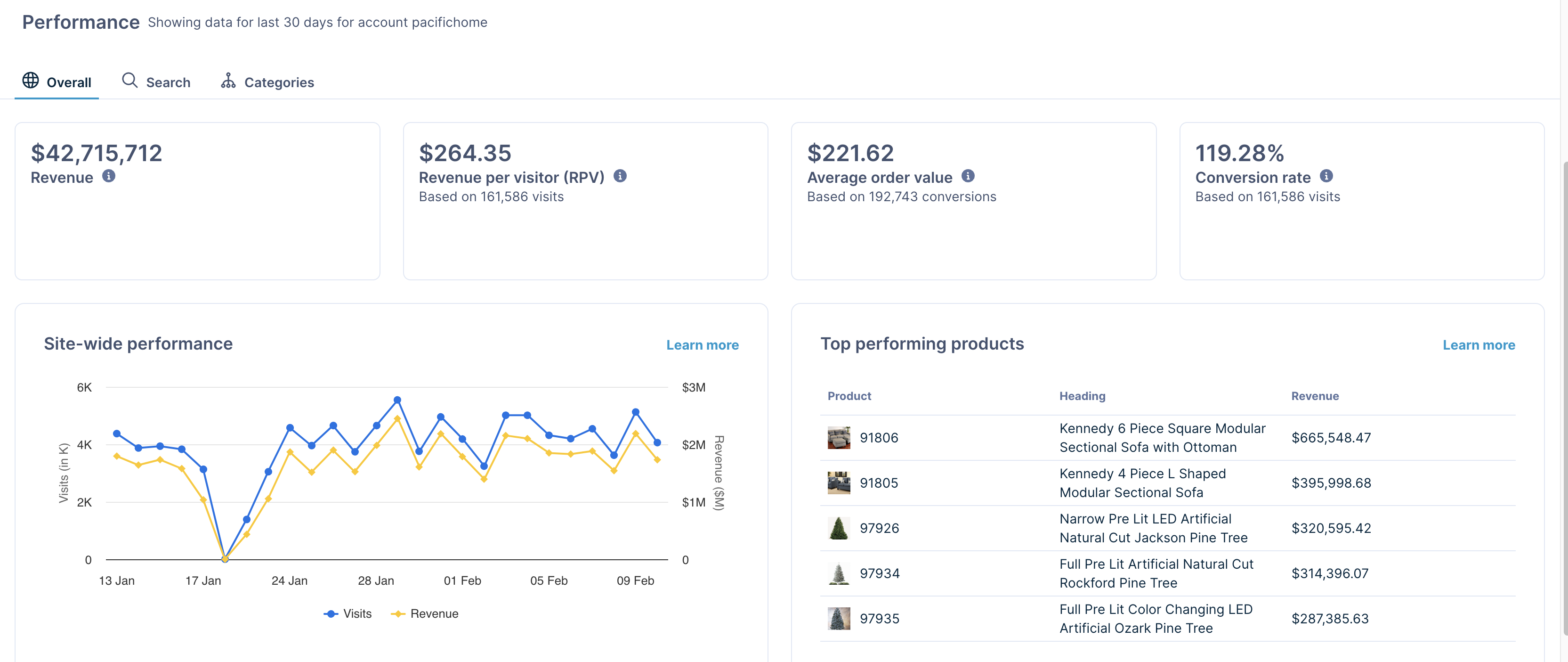Alternatives to Insider
1. Adobe Audience Manager
+Pros
- Enterprise-grade data management capabilities
- Deep Adobe ecosystem integration
- Advanced machine learning through Adobe Sensei integration
-Cons
- Extended implementation timelines
- Substantial resource requirements
- Complexity considerations
One highlighted feature and why it's amazing
Includes Look-Alike Modeling for audience expansion, Predictive Audiences for anonymous visitor classification, and Trait Recommendations for automated audience characteristic suggestions.

Another highlighted feature of why it’s amazing
Provides cross-device ID resolution using anonymous UUIDs, real-time segment activation, and third-party data integration.
2. Bloomreach Discovery
+Pros
- Commerce-Specific AI Expertise with Loomi AI engine trained on over 14 years of commerce data.
- Proven Performance Results with consistent value delivery across diverse customer implementations.
- Enterprise-Scale Technical Architecture with server-side execution and 24/7 enterprise SLA coverage.
- Automated Merchandising Capabilities reducing manual operational tasks by 30-50%.
-Cons
- Implementation Complexity with enterprise deployments requiring 20+ weeks for custom Java integrations.
- Pricing Volatility Concerns with unexpected price changes during contract periods.
- Limited Front-End Flexibility compared to alternatives like Algolia.
- Reliability Risks with documented outages during holiday code freezes.
One highlighted feature and why it's amazing
Uses natural language processing to interpret contextual queries, successfully distinguishing between similar terms like 'dress shirt' versus 'shirt dress'.

Another highlighted feature of why it’s amazing
Combines real-time user behavior with historical data to dynamically adjust search results and category pages for individual users.
3. Lexer
+Pros
- Retail specialization with 30+ pre-built retail segments
- Rapid implementation capability for mid-market retailers
- Proven customer outcomes with documented success metrics
- Data enrichment capabilities through Experian partnerships
-Cons
- AI output validation requirements create ongoing operational overhead
- Integration stability concerns with Google Ads and Facebook
- Enterprise scalability constraints in probabilistic matching and hybrid deployment scenarios
- Data quality management demands requiring ongoing attention
One highlighted feature and why it's amazing
Combines online and offline data sources into comprehensive customer views.

Another highlighted feature of why it’s amazing
Processes data from Shopify POS, ecommerce platforms, and 300+ integrated data sources to create dynamic audience clusters that automatically update as customer behavior evolves.
Other Alternatives
Optimove
Salesforce Marketing Cloud Einstein
Segment
How We Researched This Guide
About This Guide: This comprehensive analysis is based on extensive competitive intelligence and real-world implementation data from leading AI vendors. StayModern updates this guide quarterly to reflect market developments and vendor performance changes.
216+ verified sources per analysis including official documentation, customer reviews, analyst reports, and industry publications.
- • Vendor documentation & whitepapers
- • Customer testimonials & case studies
- • Third-party analyst assessments
- • Industry benchmarking reports
Standardized assessment framework across 8 key dimensions for objective comparison.
- • Technology capabilities & architecture
- • Market position & customer evidence
- • Implementation experience & support
- • Pricing value & competitive position
Research is refreshed every 90 days to capture market changes and new vendor capabilities.
- • New product releases & features
- • Market positioning changes
- • Customer feedback integration
- • Competitive landscape shifts
Every claim is source-linked with direct citations to original materials for verification.
- • Clickable citation links
- • Original source attribution
- • Date stamps for currency
- • Quality score validation
Analysis follows systematic research protocols with consistent evaluation frameworks.
- • Standardized assessment criteria
- • Multi-source verification process
- • Consistent evaluation methodology
- • Quality assurance protocols
Buyer-focused analysis with transparent methodology and factual accuracy commitment.
- • Objective comparative analysis
- • Transparent research methodology
- • Factual accuracy commitment
- • Continuous quality improvement
Quality Commitment: If you find any inaccuracies in our analysis on this page, please contact us at research@staymodern.ai. We're committed to maintaining the highest standards of research integrity and will investigate and correct any issues promptly.